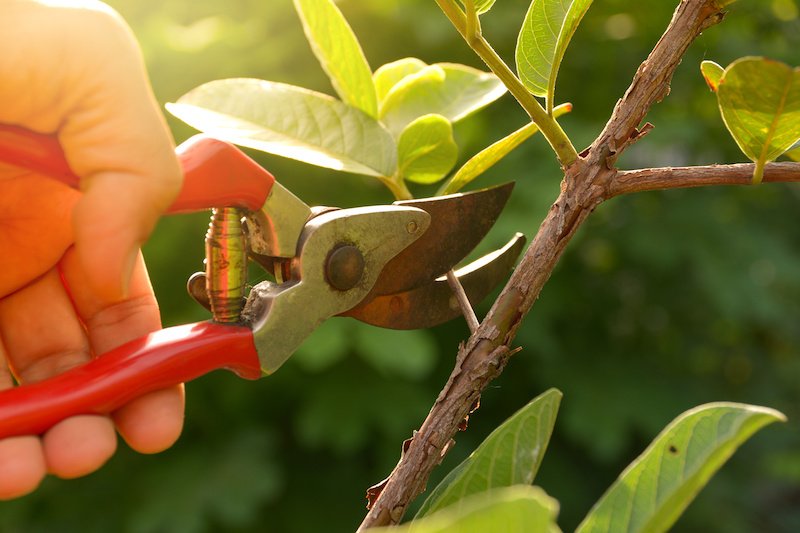PRUNING IN WINTER OR EARLY SPRING
Most plants are dormant during the winter, which is typically the best time to make any adjustments to their shape. You want to prune hard at end of winter or very early spring BEFORE any new growth starts!
Pruning in the winter promotes fast regrowth in the spring. It’s also easier to see the shape of deciduous plants in the winter, since their foliage is gone.
PRUNING TIPS
- Prune on a mild, dry day.
- Never prune too early as incisions can dry out if the temperature drops below freezing.
- When pruning, first prune out dead and diseased branches, especially caused by winter’s snow and ice in late winter.
- Unwanted lower branches on all evergreen shrubs and trees should also be removed in late winter.
- Then remove the overgrown and smaller branches to increase light and air at the crown of the tree.
- In general, your goal is to keep the branches that develop or maintain the structure of the tree.
- Cut branches at the node, the point at which one branch or twig attaches to another.
WHICH TREES PLANTS TO PRUNE WHEN
Not all plants benefit from winter pruning and will be better cut back in Spring or Autumn, but we will cover those in a later post.
Below we will cover some key plants that benefit from winter pruning, including clematis and roses.
Autumn-fruiting raspberries
All your autumn fruiting raspberry canes should be cut down to about 5cm to the ground every year in January/February. This will generate fresh new stems that will produce fruit in the coming autumn. Summer-fruiting raspberries are better to be cut back after the fruit is finished in late summer.
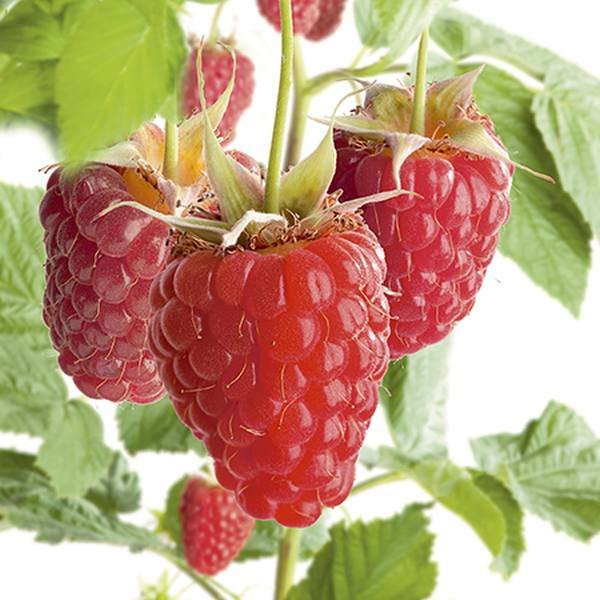
Group 3 clematis
Group 3 Clematis are also best pruned in the winter months. These include viticellas, orientalis and texensis clematis that belong to this group.
Prune Group 3 Clematis in February leaving the stem 10cm above the ground. Most other groups of clematis only need a light tidy up after flowering.

Fig
Fig trees can be pruned in December or January when deeply dormant. Pruning any other time can create wounds that will bleed sap. Prune leaving straight stems radiating out from the trunk, evenly spaced. Remove any side shoots that are growing away from the shape you want to create.
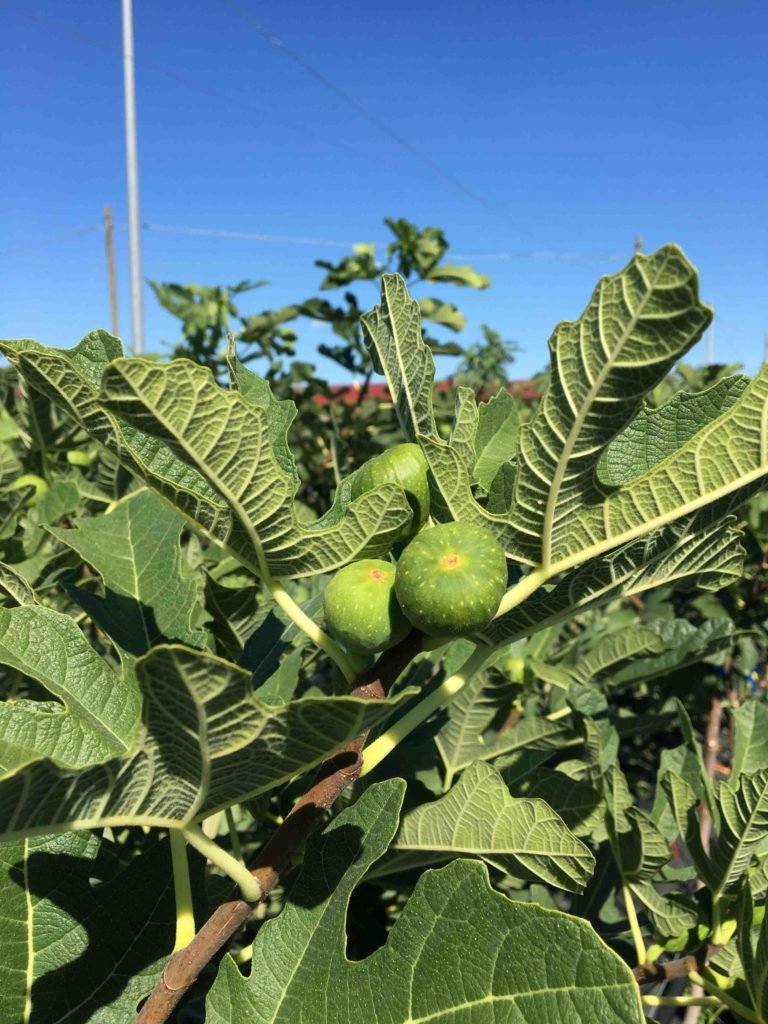
Wisteria
These beautiful climbing plants ideally need pruning twice a year to control the vigorous growth and promote a more abundant flower. The best times are in December and then again in the summer. The winter prune should see all side shoots cut back to three or four buds. Once flowering has finished in the summer, cut back all whippy shoots to around 30cm. Maintain these two pruning sessions and your Wisteria will be the pride of your garden.

Fruit bushes
All Fruit bushes, including blueberries, gooseberries, blackcurrant and redcurrants can be pruned in the winter months. Ideally remove sections of old wood each year, creating a cup shape, leaving new young branches that will then produce abundant crops in the coming years.
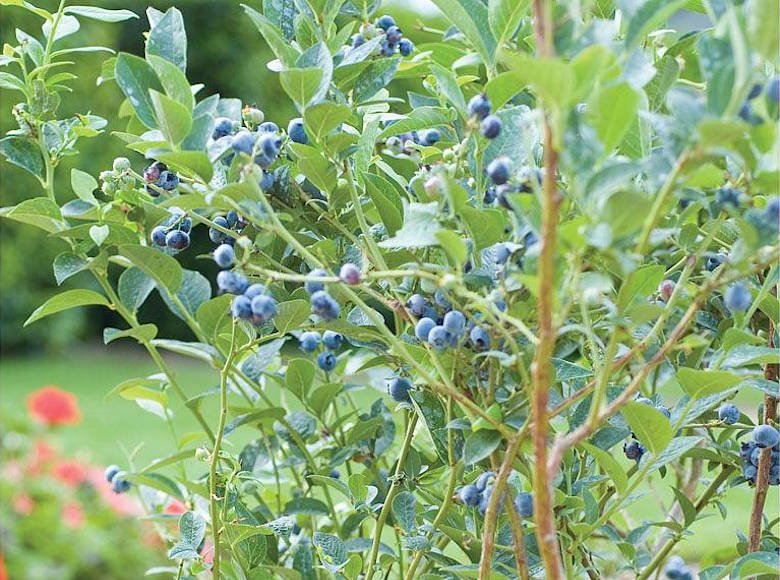
Roses
Your Rambling roses need to be pruned in late summer, but most other rose types are for winter pruning. Shrub roses, climbing roses floribundas and hybrid teas are all cut back in winter. The weaker stems are the main focus of your pruning leaving most of the stronger stems to grow. Only remove vigorous stems for better shaping. Ideally stems should be 15cm to 45cm in length for best results
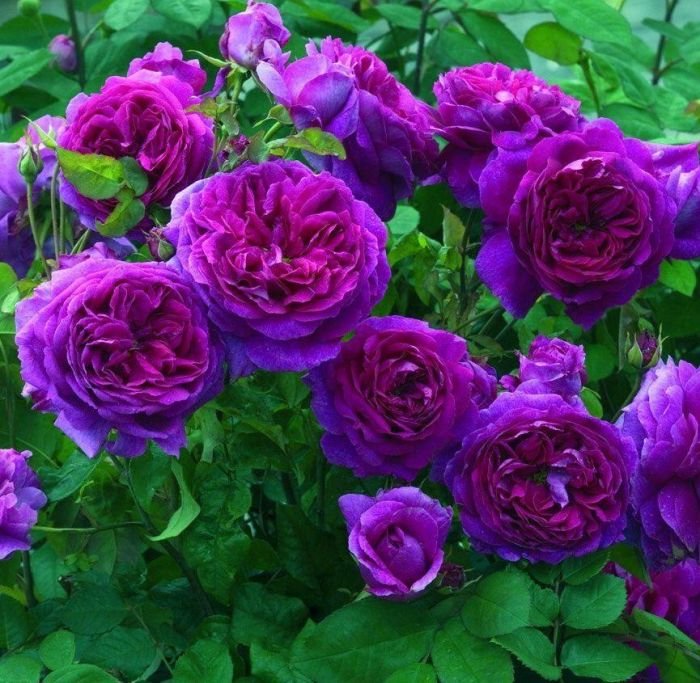
Apple and pear trees
You can prune Apple and Pear trees from November to March which will encourage a better fruit crop. Shape the tree to give evenly spaced branches rising upwards from the trunk creating a wine glass shape. Remove any shoots from the base of the tree as well as any dead, diseased or crossing branches.
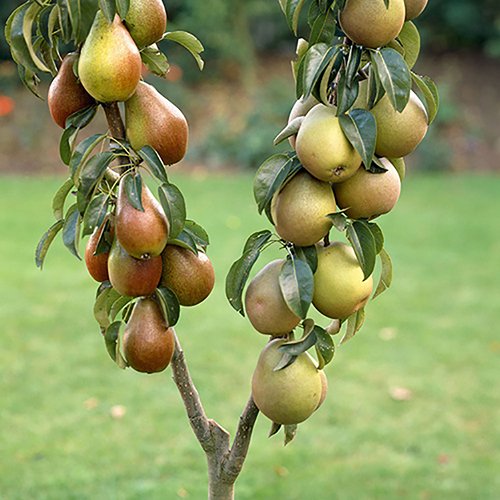
Ornamental deciduous trees
November to March is the best time to remove smaller branches from the trunk of these trees creating a clean, straight stem between 90-120cm tall. Remove any lower branches to give easier access around the tree, but remove carefully, reducing rather than removing the complete shape.
Deciduous shrubs
Deciduous shrubs that often outgrow their welcome should be pruned in winter, including magnolias, berberis and cotinus.

